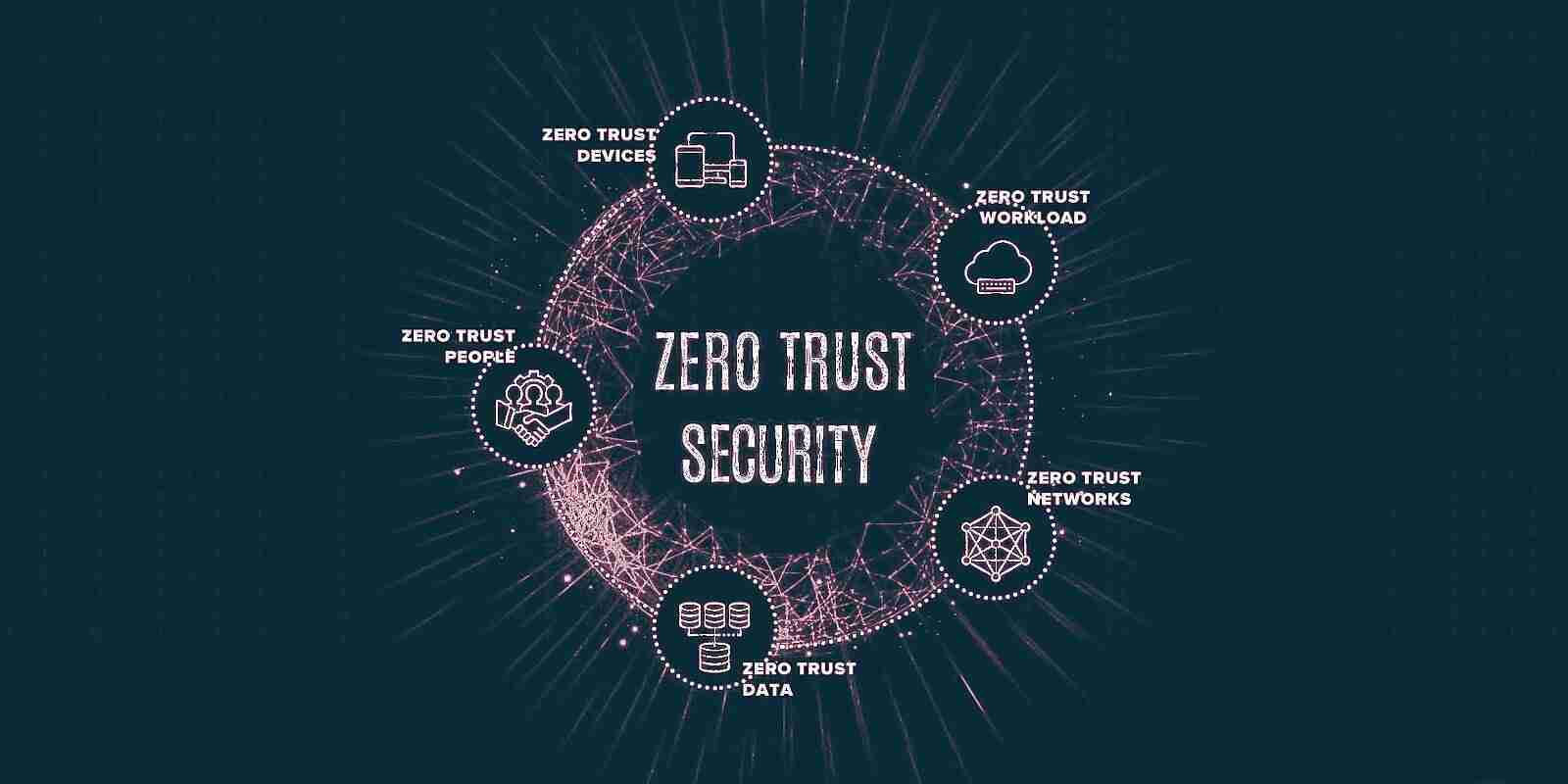zero trust cybersecurity for the internet of things
When it comes to cybersecurity, the old saying “trust but verify” may no longer suffice. With the rise of cyber attacks and data breaches, many companies are now turning to a new approach known as zero trust security. This approach is gaining popularity with both industry experts and government agencies alike.
Zero Trust Cybersecurity Principles Explained

Abstract
Zero trust security is based on the principle of “never trust, always verify”. This means that even if a user or device is inside the network perimeter, they should still not be trusted until they have been thoroughly verified. This approach involves a range of security measures, including multifactor authentication, encryption, and strict access control.
Introduction
Traditional network security is based on the assumption that once a user or device is inside the network perimeter, they can be trusted. This approach has worked well in the past, but it is now becoming increasingly vulnerable to cyber attacks. In recent years, high-profile data breaches have exposed weaknesses in traditional network security, leading many companies to explore alternative approaches.

Content
Zero trust security is based on the idea that there are no “safe zones” in a network. Instead, every user and device must be treated as a potential threat until proven otherwise. This means that security controls must be applied on a granular level, rather than at the network perimeter. Users must be verified through multiple factors, such as their device, location, and behavior. This approach ensures that even if an attacker gains access to the network, they will still have to go through multiple layers of security to access sensitive data.
One of the key components of zero trust security is access control. This means that each user is granted only the minimum level of access they need to perform their job function. For example, an employee in the marketing department may only have access to marketing data, while an employee in finance may only have access to financial data. If an employee attempts to access data outside of their approved area, they will be denied access.

Another important component of zero trust security is continuous monitoring. This means that users and devices are constantly monitored for suspicious behavior, such as multiple failed login attempts or attempts to access data outside of their approved area. If any suspicious behavior is detected, the user or device will be immediately blocked and IT security will be alerted.
Finally, encryption is a critical component of zero trust security. All sensitive data must be encrypted both in transit and at rest to prevent it from being accessed by unauthorized users. This includes not only data stored on company servers, but also data stored on employee devices and in the cloud.
Conclusion
The zero trust security approach represents a significant shift in the way that companies think about cybersecurity. Instead of relying on a perimeter-based approach, companies must now take a proactive approach to security that is based on continuous monitoring and advanced access controls. While implementing a zero trust security framework may be challenging, the benefits in terms of increased security and reduced risk of data breaches make it worth the effort.

Source image : www.snowdropsolution.com

Source image : oraco.co.ke

Source image : www.privacy.com.sg





